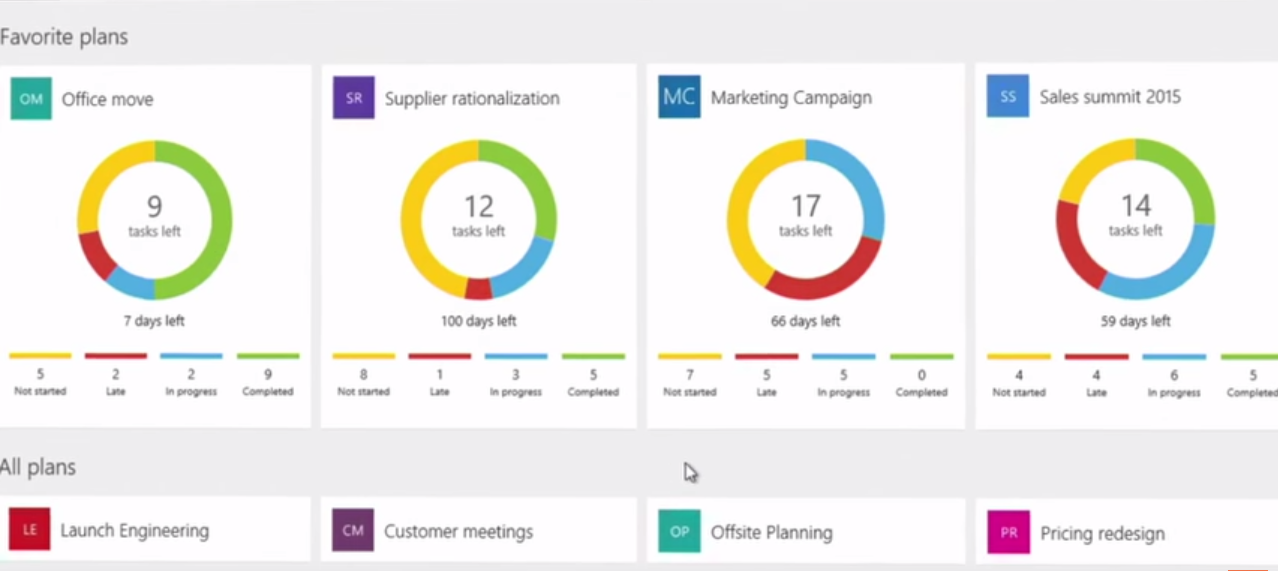

In part 2 of this mini series we looked at how to configure Cloud Kerberos Trust. You can also be verify in the event log if the policy has been set successfully on the client. Test the policy workedĪt this stage, after a synced user logs in using WHfB, verify that a partial TGT has been issued using the command:- klist cloud_debug AssignmentsĪssign the profile to your desired group. Tenant ID in the OMA-URI must be replaced with the tenant ID for your Azure AD tenant 3. Device/Vendor/MSFT/PassportForWork/ /Policies/UseCloudTrustForOnPremAuth

OMA-URI for Cloud Kerberos Trust enablementĪdd the following settings Name: UseCloudTrustForOnPremAuth Windows 10 and later > Templates > Custom 2. Navigate to and create a new Device Configuration Profile of type Perhaps consider using an Intune Filter for targetting. In this post we will push the configuration from Intune (this is the way).Įnsure the client devices are a minimum of Windows 10 21H2 / Windows 11 Pro or Enterprise SKU. If you are interested in using a GPO, read more here. We can either use a GPO or push a configuration from Intune. Also verify that the krbtgt user account was created (it is intentionally disabled) Configure Cloud Key Trust using Intune Get-AzureADKerberosServer -Domain $domain -UserPrincipalName $userPrincipalName 4.

This can be done directly on the Domain Controller or from a computer that can access the Domain Controller.
MS TASK PLANNER INSTALL
Download and install the Azure AD Kerberos PowerShell moduleįrom the PowerShell Gallery.
MS TASK PLANNER FULL
Full prerequisites can be found here and the code samples are taken from the Microsoft docs here 1. We will configure Azure AD Kerberos in our lab. The same rules and restrictions used for RODCs apply to the Azure AD Kerberos Server object.


 0 kommentar(er)
0 kommentar(er)
